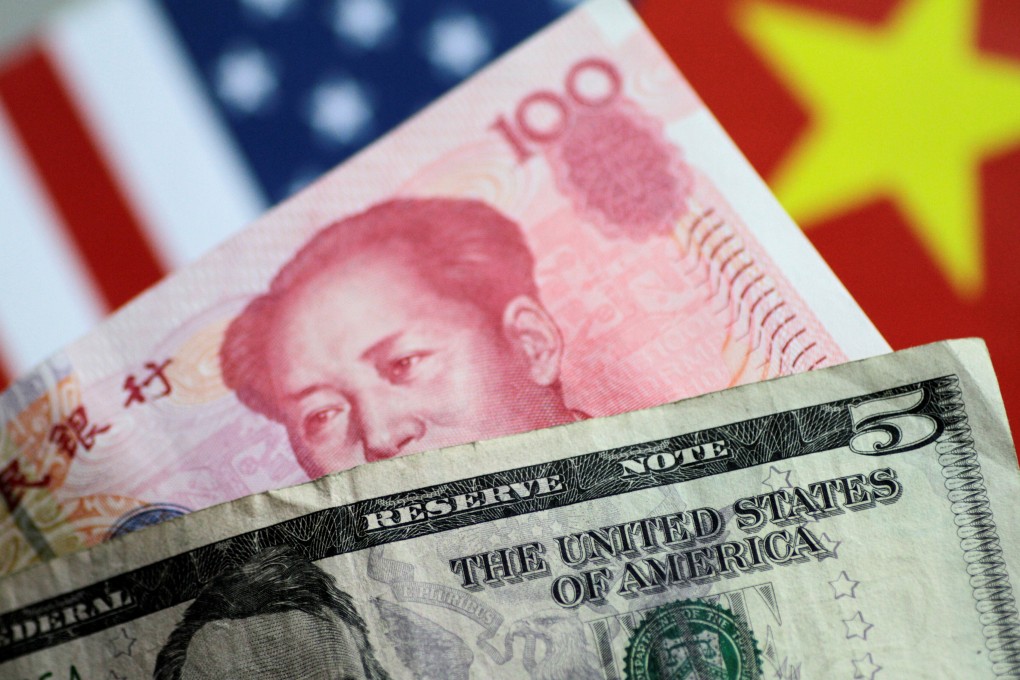Explainer | What does a stronger US dollar-yuan exchange rate mean, and why is Beijing worried?
- The exchange rate between China’s yuan and the US dollar has become a closely watched issue
- A lower yuan exchange rate figure means it takes fewer yuan to purchase one US dollar, indicating a stronger Chinese currency

Why is the US dollar-yuan exchange rate so important?
The exchange rate between the Chinese yuan and the US dollar is an indicator of relative economic strength and also has a direct impact on each nation’s economy by affecting the value of imports and exports.
In general, a stronger exchange rate makes a country’s exports more expensive, which can reduce demand for them. But a stronger exchange rate makes imports cheaper, potentially increasing demand in the longer run and helping to hold down domestic inflation in the near term.
So a weaker yuan against the US dollar would generally make Chinese goods exported to the US cheaper, increasing demand, while making US exports to China more expensive, reducing demand. As a result the US trade deficit would likely widen. A stronger yuan against the US dollar would have the opposite effect.
What is the yuan’s exchange rate with the US dollar?
The exchange rate between the Chinese yuan (CNY) and the US dollar (USD), as with other currency pairs, is the value of one currency against the other. Typically, the yuan’s exchange rate to the US dollar is quoted as USD/CNY to represent how many yuan it takes to buy one US dollar.